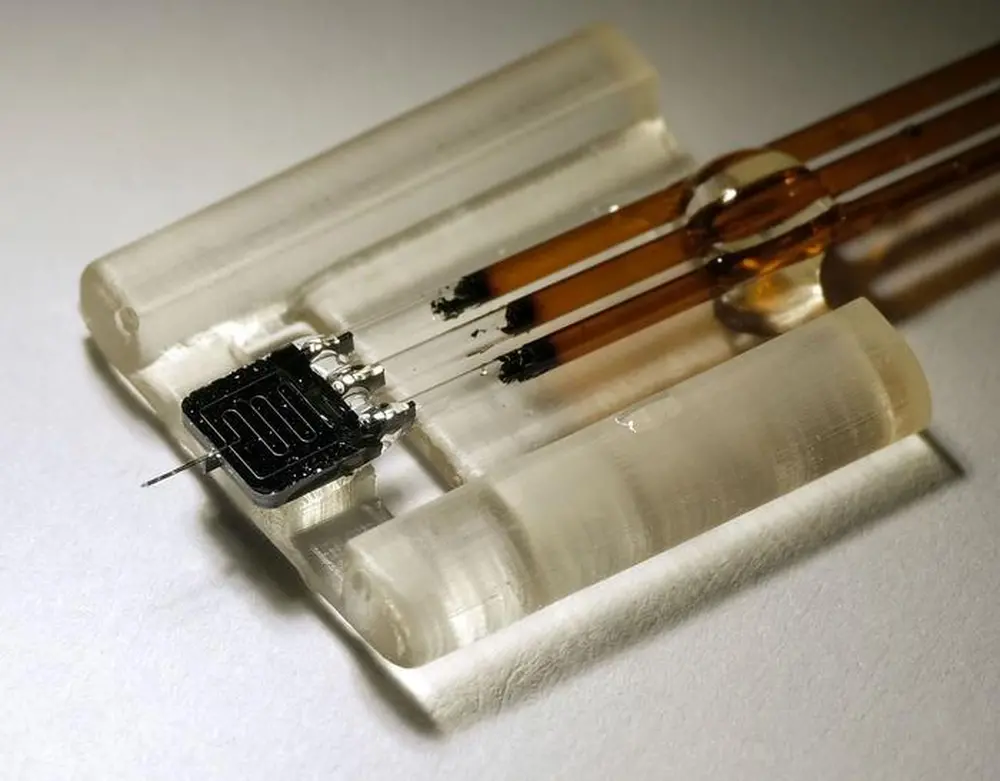
Published in Interesting Engineering
To address a longstanding hurdle in biomedical research, the University of Illinois Urbana-Champaign researchers have developed a new nanoscale sensor.
This innovative technology can monitor areas 1,000 times smaller than current technologies, particularly advancing the observation of brain chemistry at the smallest level.
The process of nanodialysis
“With our nanodialysis device, we take an established technique and push it into a new extreme, making biomedical research problems that were impossible before quite feasible now. Moreover, since our devices are made on silicon using microelectronics fabrication techniques, they can be manufactured and deployed on large scales,” said Yurii Vlasov, electrical & computer engineering professor and the study's co-lead.
The key innovation in nanodialysis, as highlighted in the release, lies in the ultra-slow flow rate of the fluid pumped through the device.
This purposeful reduction in flow rate, calibrated at 1,000 times slower than typical microdialysis, is extremely significant. The deliberate slowing down of the fluid flow enables the device to capture the chemical composition of tissue from an area 1,000 times smaller than conventional techniques can achieve.
Despite the substantial reduction in scale, the instrument captures and analyzes the precise chemical makeup of the tested tissue with an astounding 100 percent efficiency.
“By drastically decreasing the flow rate, it allows the chemicals diffusing into the probe to match the concentrations outside in the tissue,” Vlasov explained.
Read more, Interesting Engineering
______________________________________________________________________________________________
Read also, Vlasov and Bashir groups develop nanoscale device for brain chemistry analysis on Holonyak Micro & Nanotechnology Lab
Read also, Vlasov and Bashir groups develop nanoscale device for brain chemistry analysis on EurekAlert
Read also, Nanoscale Device for Analyzing Brain Chemistry on AZO Nano